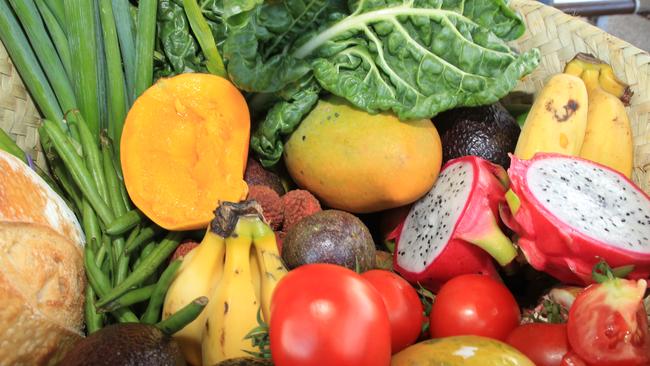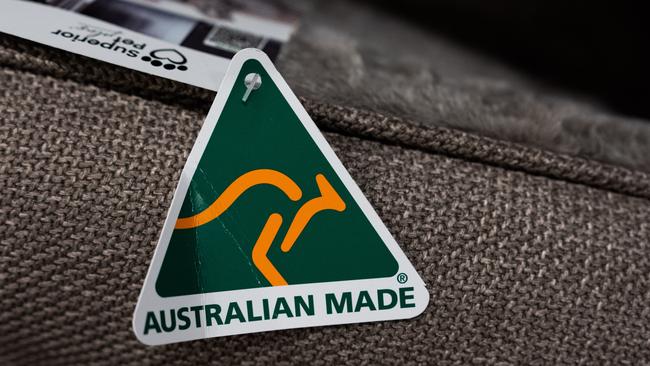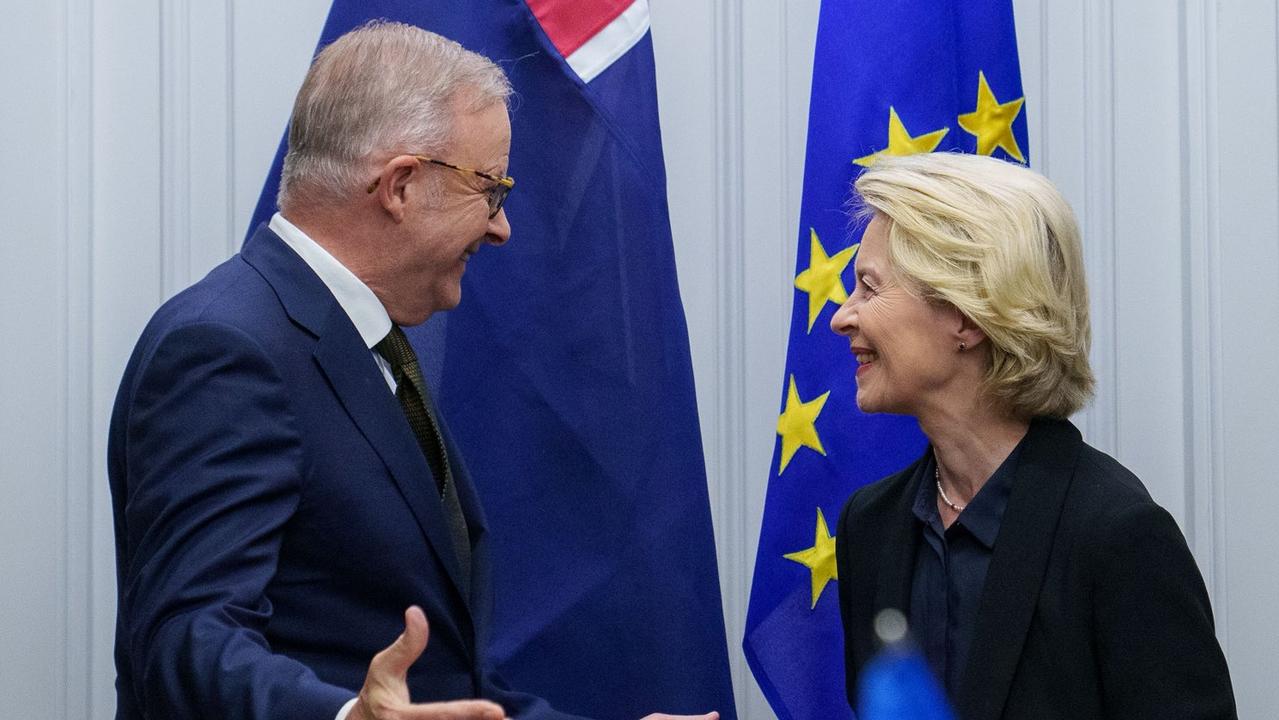Australian Made Week 2025: How to spot genuine items and help boost the nation’s economy
Olympic golden girl Ariarne Titmus is calling on Australians to buy locally made products. Here’s why it’s important and how shoppers can make a huge difference.

Olympic swimming champion Ariarne Titmus OAM is calling on Aussies to back each other and buy Australian.
As ambassador for Australian Made Week, Titmus said she drew on her experience competing on the world stage to encourage Aussies to choose produce and products from local growers and makers.
“I’ve been incredibly fortunate to have the backing of Australians throughout my swimming career and it’s made all the difference,” Titmus said.
“Now, I’m encouraging everyone to rally behind Team Aussie by choosing Australian Made.
“Because when we back each other, we all win.”

Australian Made Week — from Monday, May 19, to Sunday, May 25 — is about raising the profile of Australian made and grown and to call on shoppers to be more conscious about their purchases and where they come from.
So, it’s the perfect time to better understand how buying local over imported goods boosts the nation and learn how to spot authentic Australian made products.
WHY DOES BUYING LOCAL MATTER?
Buying local generates a huge boost to our economy, creates jobs and reduces Australia’s reliance on imported products.
For example, a whopping $5.6 billion boost to the economy would be generated by Aussie households spending just $10 more a week on Australian Made products and would generate roughly 10,000 new jobs.
WHY DO WE NEED TO RAISE AWARENESS?
Because changing buying habits takes practice.
Stopping to think about whether products and produce are Australian made and to look for proof of authenticity isn’t always easy to do when life gets busy.
But making a conscious decision about buying Australian made can have a huge impact on the nation’s economic strength in the long run.

WHAT DOES ‘AUSTRALIAN MADE’ MEAN?
An Australian-made product is a ready-to-buy item that has gone through the final production or manufacturing process in Australia and assembled or produced by Australian workers.
A product with the “Australian made” label can still have components or ingredients imported from another country, but the final product must be completely different to the components or ingredients that went into its making.
So, “Australian made” is about the production process rather than the content of the product.
Of course some products and produce using 100 per cent Australian-made components and ingredients and are manufactured here too.
‘AUSTRALIAN GROWN’ VS. ‘PRODUCT OF AUSTRALIA’
Australian grown applies to fresh produce like fruit and vegetables, meat and cut flowers.
All the product’s significant ingredients or components have been grown in Australia and all, or virtually all, of the processing has taken place in Australia.
For example: olive oil extracted in Australia from olives grown in Australia can be described as “Australian Grown”.
“Product of Australia” can also apply to fresh produce but it also includes products like steel, minerals and spring water.
Again, all of the product’s significant ingredients or components come from Australia and all, or virtually all, of the manufacturing or processing has been carried out in Australia.

UNDERSTANDING THE PRODUCTION PROCESS
A plastic bucket made from imported plastic pellets and wire is an authentic Australian made product if the production process happened in Australia.
Let’s break that down:
■ An Australian business imports plastic pellets and wire
■ Using an injection moulding process, the pellets are melted and formed into a bucket
■ The wire is cut and bent to form a handle
■ The end product (the bucket) is essentially different in nature to the imported ingredients that went into its making
■ Its transformation — from plastic pellets and wire to bucket — happened through an Australian production process using Australian workers and is, therefore, an authentic Australian-made product.
HOW TO SPOT AUTHENTIC AUSTRALIAN MADE
Look for the Australian Made logo — the iconic green and gold kangaroo.
Currently, 4500 Australian businesses use the logo which represents roughly 40,000 jobs and generates a combined annual revenue of $8 billion.

HOW MANY AUSSIES BUY AUSTRALIAN?
“Whether it’s skincare or safety equipment, curtains or campervans – we can all play our part in giving Australian businesses a true home-ground advantage,” Titmus added.
Some of the biggest barriers to purchasing locally-made products are:
■ Cost of living
■ Unclear which products are made in Australia
■ Limited availability
More Coverage
Originally published as Australian Made Week 2025: How to spot genuine items and help boost the nation’s economy




